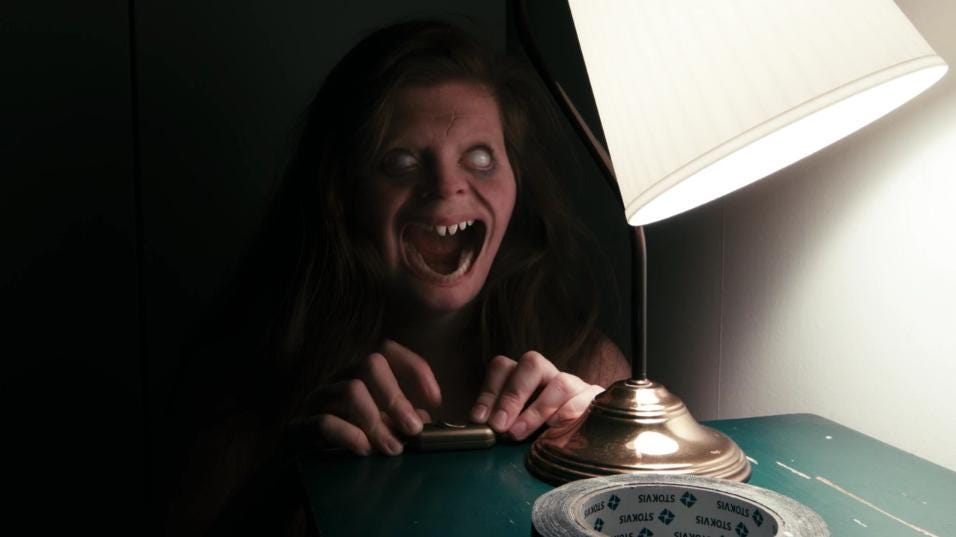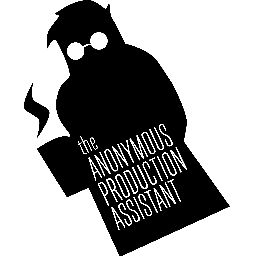Video Stack: How David F. Sandberg went from No Budget to Hollywood
If you’re waiting for someone to hand you a golden ticket to the industry… buckle up.
Hi everyone,
I’ll keep the pre-amble short this week, but I’ll have exciting news to share about Eddie AI next week.
Efosa wrote a great piece on how David Sandberg turned a passion for YouTube shorts into directing a Hollywood movie. But before we dive in, a quick question: Efosa will be on the ground at Cannes, what scoops do you want while he’s there?
-Shamir
Let’s talk about the guy who made fear go viral.
David F. Sandberg didn’t go to film school. Didn’t assist a director. Didn’t even step foot on a film set before making his first studio movie. He made shorts in his cramped apartment with a Canon 7D, a few lights, and a very patient wife.
Then he uploaded one of them to YouTube.
A few years later, he was directing Shazam!, a $100 million superhero blockbuster for DC Studios.
If you’re waiting for someone to hand you a golden ticket to the industry… buckle up.
Made in Sweden, Rendered in After Effects
Jönköping, Sweden: not exactly Hollywood. But it had VHS stores. And that’s all David needed.
As a kid, he binged horror tapes and taught himself stop-motion using clay, cardboard, and whatever household items he could reanimate. While other kids played soccer, David played God, with miniatures, monsters, and masking tape.
His first professional gig? Making animated explainers for the Swedish government. Less Exorcist, more Excel. But it paid the bills and more importantly, it kept him in software licenses.
With a bootleg copy of Final Cut Pro and a hacker’s instinct for tutorials, Sandberg became a one-man studio. Cameraman. Gaffer. Sound designer. VFX wizard. Editor. All of it.
His YouTube channel wasn’t a reel, it was a residency. Every upload a new experiment. Every failure a feedback loop.
Lights Out: The Short Heard ‘Round the Forums
Lights Out: The Short That Broke the Internet
One camera. One hallway. One light switch. That’s all he had.
Lights Out was shot in his apartment with his wife, Lotta Losten, starring. No dialogue. No exposition. Just pure, primal fear.
It was two minutes and forty seconds long. Cost less than a Netflix subscription. And it broke the internet with an astounding 18 million views.
Reddit threads caught fire. Vimeo gave it a Staff Pick. Horror blogs called it “the scariest short in years.” Hollywood called it… a feature.
Warner Bros reached out and just like that, David was on a flight to LA.
From Apartment to Backlot
In 2016, Lights Out hit theaters. Produced by horror legend James Wan, the feature kept the DNA of the original short but scaled it up with characters, subplots, and studio-grade scares.
But Sandberg didn’t drop his DIY instincts.
He prevised scenes in Blender. Sketched his own storyboards. Shot test footage in his garage. He communicated with VFX teams in fluent post-production lingo because he was one of them.
Most first-time directors get swallowed by the studio machine but Sandberg decided to hack it.
Annabelle, Shazam, and the Myth of “Making It”
Success didn’t slow him down. Next came Annabelle: Creation (2017). Then Shazam! (2019), his first superhero film and one of the most refreshingly human entries in the DC canon.
But even on blockbuster sets, Sandberg stayed indie at heart. He sketched keyframes himself. Cut together scene tests in Premiere. Uploaded YouTube videos with titles like The Problem solving of Filmmaking and Tools I Use (and Cheaper Alternatives).
And when Shazam! Fury of the Gods (2023) got lukewarm reviews, he didn’t hide behind PR. He tweeted. He joked. He reminded everyone: I’m just a guy who made a two-minute short in my apartment. Everything after that was a bonus
“Ponysmasher” is the online alias David F. Sandberg has used for over a decade, a name that sounds like a joke, but became a badge of honor in the DIY film community.
Very few (if any) Hollywood directors have a YouTube channel let alone are active on it. At the time of writing this, his latest video The practical VFX on Inside Dawn was released just 3 weeks ago.
In the age of franchise filmmaking, Sandberg stays transparent. On socials. On YouTube. Even in his mistakes.
The Takeaway
David F. Sandberg’s career is more than an indie fairy tale. It’s a case study in what happens when you stop asking for permission and start building your own pipeline.
He didn’t wait for someone to hand him a camera. He bought one. He didn’t wait to be hired. He hired himself
And when the industry came calling, he was ready, not because someone trained him, but because he trained himself.
It’s more relevant now than ever. With AI, remote pipelines, and $3,000 cinema cameras that fit in your backpack, you truly have no excuse. The gap between “I wish I could direct” and “I just directed something” has never been smaller.
So if you’re still waiting to go to film school or get a grant or find a mentor or raise a budget, just remember: David F. Sandberg shot Lights Out in his apartment. And then directed Shazam!.
Stranger things didn’t just happen. He made them. And you could too.
Extra’s
It’s been a while since we shared a round-up of other Substacks we’re digging, so wanted to drop a few here!








Loved this one!